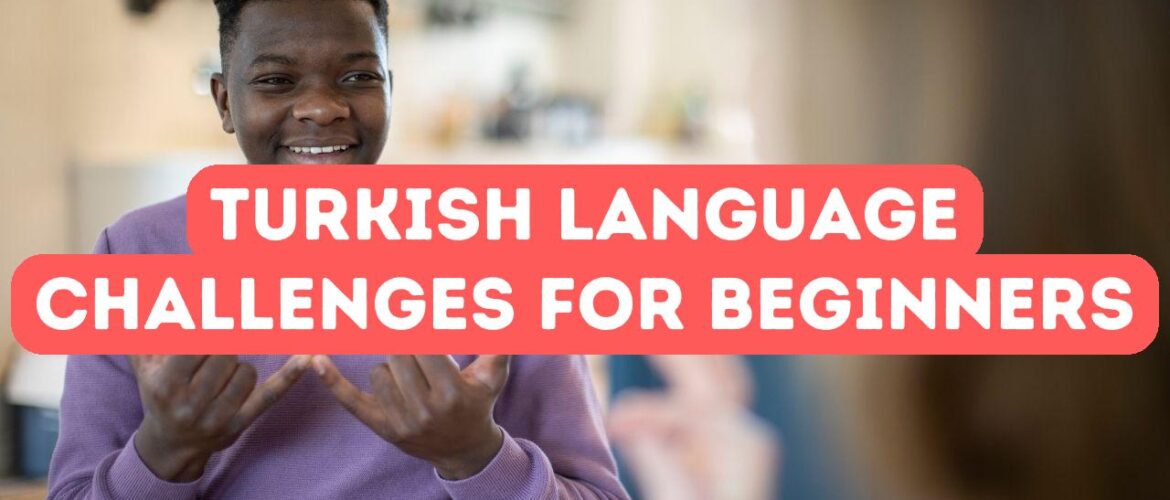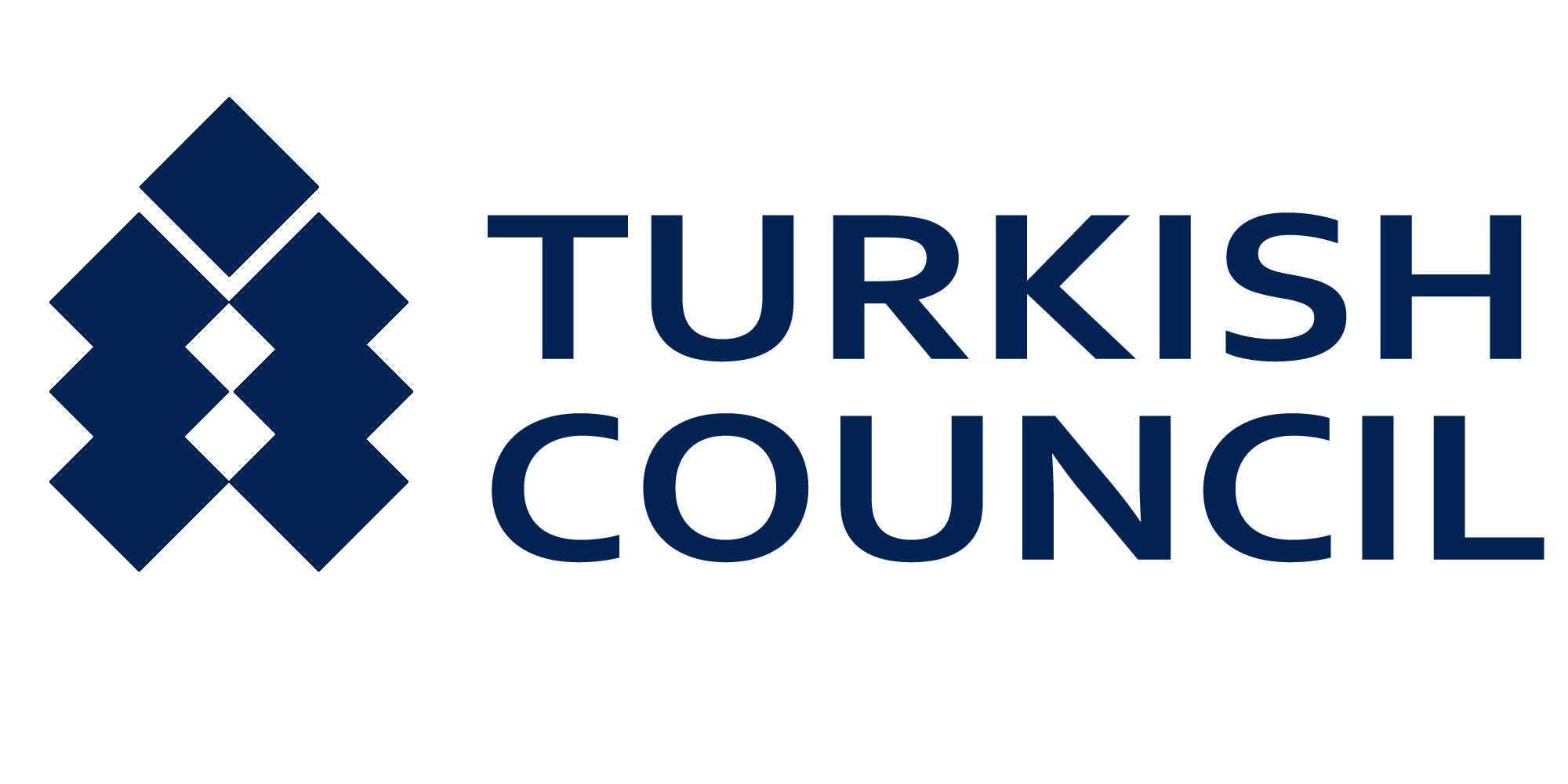Blog
Turkish Language Challenges for Beginners
- August 28, 2024
- Posted by: Burak Ünal
- Category: Turkish Education

Navigating the intricacies of a new language can be a challenging yet rewarding endeavor, and Turkish is no exception. For many beginners, the initial excitement of learning Turkish comes with a set of unique hurdles that can both inspire and discourage. At Turkish Council, we understand these challenges and are committed to guiding our students through them with expert precision. From mastering the sounds and rhythms of the Turkish alphabet to grappling with its agglutinative structure, learners often find themselves on a rigorous, yet exhilarating journey. Our Turkish Language Course for foreigners is specifically designed to address these obstacles, ensuring that students not only overcome them but also gain a profound appreciation for the language. Join us as we explore common challenges faced by beginners, and discover how our tailored approach can turn these obstacles into stepping stones on your path to fluency.
Common Pronunciation Pitfalls and Solutions
One of the first hurdles that beginners encounter when learning Turkish is mastering its distinct pronunciation. The Turkish alphabet includes several letters and sounds that are unfamiliar to native speakers of other languages, such as the dotted and dotless ‘I’s (İ and I) and the soft ‘ğ’ (yumuşak g). These peculiarities can lead to common mistakes, like mispronouncing vowels or overlooking subtle phonetic nuances. At Turkish Council, we emphasize the importance of honing pronunciation from the outset. Our immersive lessons and phonetic exercises are designed to help students differentiate and articulate these unique sounds accurately, fostering a solid foundation that enhances both comprehension and communication skills.
In addition to the unique sounds, another common challenge is the correct intonation and stress patterns in Turkish words and sentences. Unlike many languages where intonation can drastically change the meaning, Turkish relies on a relatively flat intonation with stress typically placed on the last syllable of words. Misplacing stress or using intonation patterns from one’s native language can result in misunderstandings or at times, an entirely different meaning. At Turkish Council, we aim to equip our learners with the skills to navigate these subtleties through interactive speaking exercises and listening activities. By consistently practicing and receiving expert feedback, students can gradually internalize the natural rhythm and melody of the Turkish language, enhancing their overall fluency and confidence in spoken communication.
Another hurdle for Turkish language beginners is the challenge of vowel harmony, a phonological feature that dictates the suffixes to be used based on the vowels within a root word. This rule, unique to Turkic languages, can be particularly overwhelming for newcomers. Vowel harmony requires that certain vowels harmonize within a word, impacting the way suffixes are appended to verbs, nouns, and other parts of speech. At Turkish Council, our curriculum includes targeted exercises focusing explicitly on this aspect, guiding students through the patterns and logic of vowel harmony. Through repetition, practical application, and expert feedback, learners become adept at applying these rules instinctively, which not only enhances grammatical accuracy but also aids in seamless verbal and written communication.
Navigating Turkish Grammar Complexities
One of the primary challenges beginners face when learning Turkish is navigating its complex grammatical structure. Turkish is an agglutinative language, meaning it forms words and expresses grammatical relationships by adding suffixes to a root word. This can be bewildering for learners accustomed to languages with more fixed word orders and simpler conjugation systems. For instance, the word “ev” (house) can transform into “evlerinde” (in their houses), with each suffix altering its meaning. The multitude of suffixes, vowel harmony rules, and the concept of verb conjugations based on subject and tense require learners to adopt a highly analytical approach to sentence construction. However, with the right guidance and consistent practice, these grammatical challenges can become a fascinating puzzle rather than an insurmountable obstacle.
Another significant challenge is mastering the verb system in Turkish, which differs considerably from that of many Indo-European languages. Turkish verbs can take numerous forms based on tense, aspect, mood, and person, making verb conjugation a critical area of focus for learners. For instance, the basic verb “gel” (to come) takes on different endings to indicate various tenses and moods: “geldim” (I came), “geleceğim” (I will come), “geliyorum” (I am coming). Additionally, the use of auxiliary verbs and participles to convey more nuanced meanings can be particularly daunting. Understanding these conjugations and their proper usage demands not only memorization but also a keen understanding of context and grammatical rules. At Turkish Council, our expert instructors use a step-by-step methodology to demystify these verb structures, helping students build a solid foundation in Turkish grammar.
In addition to suffixes and verb conjugations, syntax in Turkish presents its own set of challenges for beginners. Unlike in English and many other languages where the sentence structure is relatively fixed, Turkish boasts a more flexible syntax that often adheres to a Subject-Object-Verb (SOV) order. This flexibility can perplex learners who are used to more rigid sentence patterns, as placing words in the wrong order can change the meaning or make a sentence unintelligible. For example, the sentence “Ben kitap okuyorum” (“I am reading a book”) places the object before the verb, which is a structure that learners might initially struggle with. To aid in navigating this, our Turkish Language Course emphasizes the practice of constructing sentences in various orders and understanding the nuances they convey. Through targeted exercises and contextual learning, students gain confidence in manipulating word order, ultimately mastering the intricacies of Turkish syntax.
Effective Strategies for Vocabulary Building
One of the primary obstacles in learning Turkish is building a robust vocabulary, especially given the language’s unique phonetic and structural characteristics. Effective strategies for vocabulary building include immersive techniques such as engaging with Turkish media, partnering with native speakers for conversation practice, and utilizing flashcards and language apps designed to reinforce memory retention. At Turkish Council, we incorporate these strategies into our curriculum, blending traditional teaching methods with innovative tools to help students internalize and recall new words more effectively. By immersing students in real-life contexts and providing consistent practice opportunities, we ensure that vocabulary acquisition becomes an integral and enjoyable part of their learning journey.
Another vital strategy for vocabulary building is thematic learning, which focuses on acquiring words and phrases related to specific topics or scenarios. By grouping vocabulary into themes such as food, travel, family, or business, learners can create mental connections that facilitate quicker recall and deeper understanding. At Turkish Council, we design our lessons around practical themes that are most relevant to everyday interactions and cultural experiences. This approach not only aids memory but also enhances students’ ability to use their new vocabulary in meaningful contexts, making their language use more natural and spontaneous. Incorporating thematic units into our curriculum allows students to gradually expand their lexicon in a structured and contextually rich manner.
Another effective strategy we employ at Turkish Council is the use of spaced repetition systems (SRS) to reinforce vocabulary retention. Spaced repetition ensures that students review words at optimal intervals, preventing the forgetfulness that often accompanies traditional cramming techniques. By spacing out review sessions, students can better embed new vocabulary into their long-term memory. Additionally, our curriculum includes engaging activities such as storytelling and role-playing, which provide students with practical and interactive ways to use new words in context. These dynamic approaches not only keep the learning process enjoyable but also foster a deep, enduring mastery of the Turkish lexicon.
- Buy Our Online Turkish Language for Beginners: https://courses.turkishcouncil.org/courses/learn-turkish-a1/
- Visit Turkish Council for Turkish Course Visa Invitation Letter: https://www.turkishcouncil.org
- Visit Turkey Residence Agency for Your Immigration Requests: https://www.residentturkey.com
- Visit Gordion Partners for Investment in Turkey: https://www.investment.com.tr
- Visitez Campus Turquie si vous parlez français: https://www.campusturquie.org
Disclaimer: This article is for general informational purposes only and you are strongly advised to consult a professional to evaluate your education. No liability is accepted that may arise from the use of the information in this article.
